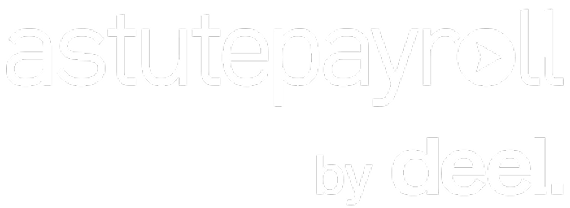What is PageRank?
PageRank (PR) is one of Google’s algorithms for assessing a webpage’s relative importance within the World Wide Web. It evaluates the quantity and quality of external pages linking to it and assigns a value based on these backlinks.
Developed by Google co-founders Sergey Brin and Larry Page in 1997 as part of a research project at Stanford University, PageRank has become a fundamental component of the Google algorithm, forming the foundation of the search engine we know today.
Initially, PageRank was calculated using a clear formula:
PR(A) = (1-d) + d (PR(T1)/C(T1) + … + PR(Tn)/C(Tn))
Where:
- T1… TN being the pages ranking to page A.
- d being a damping factor.
- C(A) being the number of outbound links on page A.
While this formula may appear complex, determining a page’s PageRank was once straightforward, as Google included a PageRank meter in the Toolbar launched in 2000. Over time, third-party tools also became available for calculating the score.
As the metric gained popularity, SEOs increasingly misused it (more on that below). After years of debate about the value of sharing PageRank data, Google ceased public updates to PR and removed it from the Toolbar in 2016. Despite this, Google asserts that PageRank remains a part of its algorithm today.
Importance of PageRank
PageRank is important because it assists Google in assessing a page’s value in relation to similar pages on the web. Among various factors, pages with a higher PageRank are more likely to achieve higher rankings.
While PageRank is just one of many ranking factors today, it remains one of the primary ones, which is why SEOs focus heavily on link building.
The Problem with PageRank
One key reason Google stopped displaying PageRank is the surge in link spam it caused. As the only publicly available ranking metric, webmasters, SEOs, and other marketers went to great lengths to boost the PageRank of their own or their clients’ pages.
This often involved numerous black hat SEO tactics, such as using Private Blog Networks (PBNs) and purchasing links.
Initially, PageRank was designed to measure a site’s quality based on its received links. However, the visibility of this metric made it less effective as link building became a more questionable practice.
The buying and selling of links remains a lucrative business today, with countless “how-to” articles available on link building. Whenever Google attempts to reduce the impact of unnatural links, SEOs seek out workarounds.
This cycle is unlikely to end anytime soon, but with each update, unnatural link building appears to become less effective, purchasing links riskier, and earning links through networking and creating valuable content increasingly recognised as the preferred approach.










